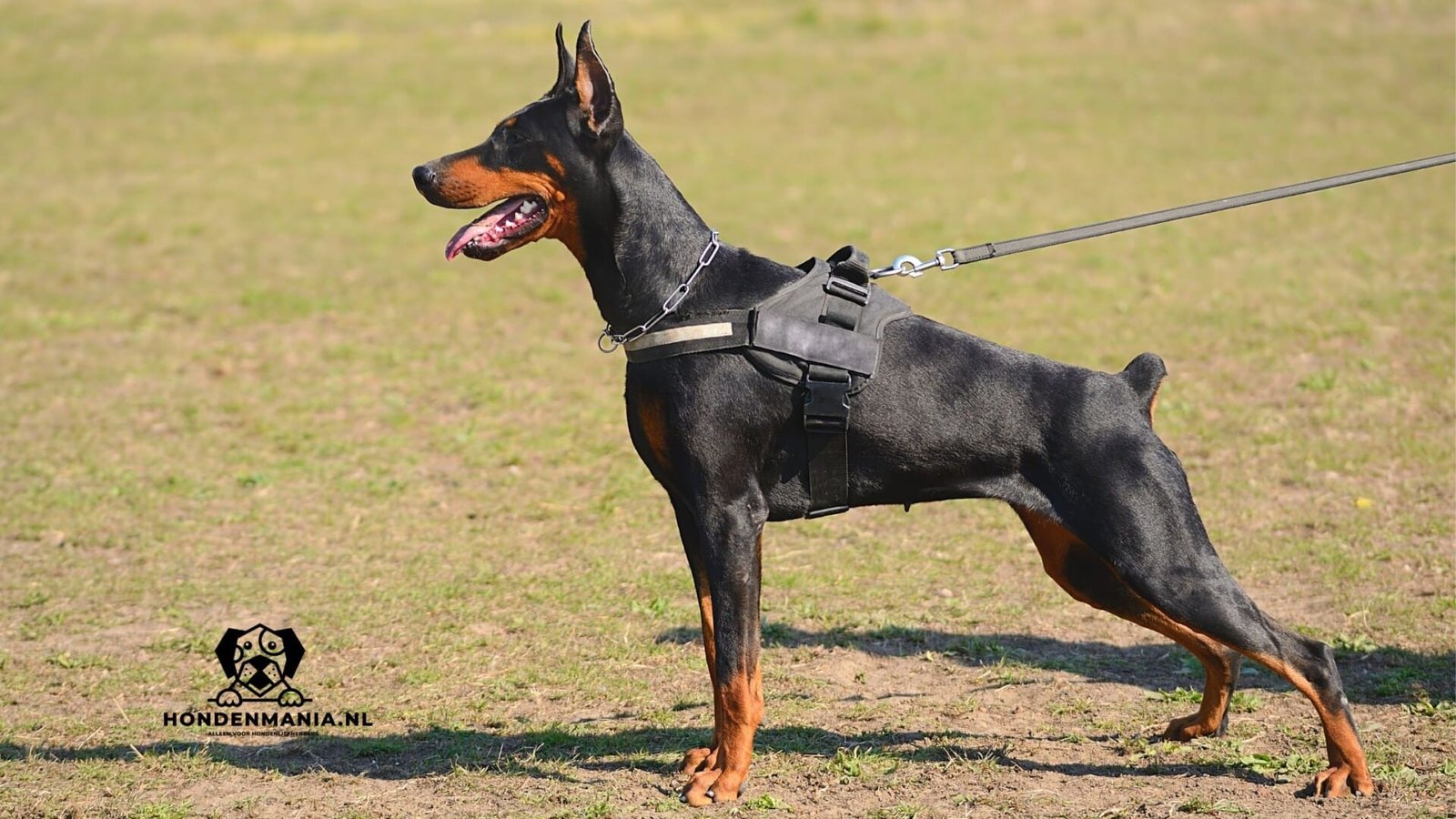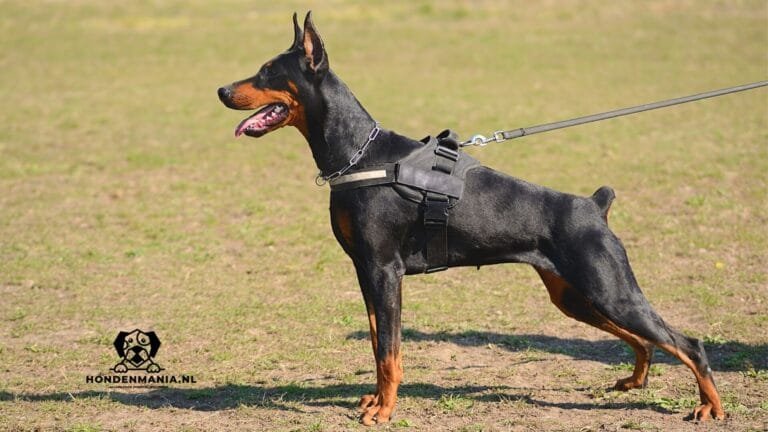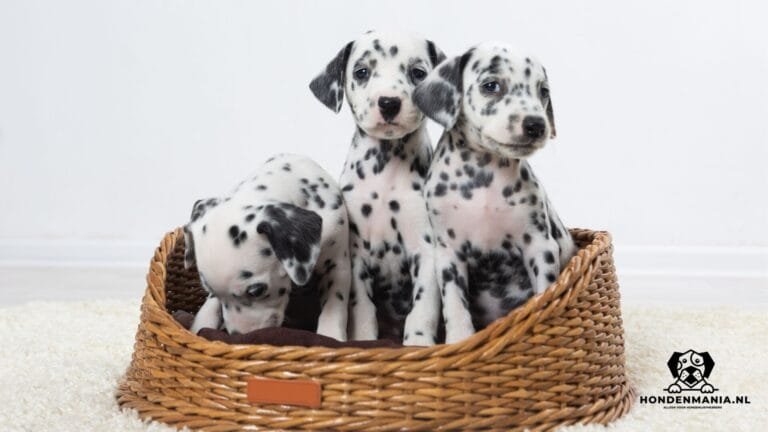The Dalmatian, with its distinctive black and white coat, has a rich and fascinating history dating back to ancient times. Originally from the Dalmatia region of Croatia, this dog became popular in Europe as early as the 18th century. The Dalmatian was often associated with the aristocracy and was used as a status symbol.
Watchdog
In those days, the dog served not only as a companion, but also as a watchdog and protector of property. The Dalmatian was also an excellent companion for horses, which enhanced its role as a carriage dog. These dogs often walked alongside carriages and helped protect the horses and the vehicle from intruders.
Different roles
Over the years, the Dalmatian has fulfilled various roles, from fire dog to circus performer. During the firefighting era in the 19th century, Dalmatians were often seen accompanying fire engines, where they helped guide the horses and guard the grounds. Their courage and stamina made them ideal companions for firefighters.
Popular because of the cartoon
The Dalmatian's popularity took off when the dog was featured in the film "101 Dalmatians", leading to a worldwide fascination with this breed. This film not only contributed to the Dalmatian's popularity, but also had a lasting impact on the way people view these dogs.
Summary
- The Dalmatian is an ancient breed that originated in Dalmatia, a region in Croatia
- Dalmatians are known for their distinctive spotted fur and athletic build
- A consistent and positive upbringing is essential for training a Dalmatian
- Dalmatians are prone to health problems such as deafness and skin allergies
- A Dalmatian's coat requires regular grooming and brushing to minimise shedding
Characteristics of the Dalmatian
Appearance and Physical Characteristics
The Dalmatian is a dog immediately recognisable by its unique appearance. With an average shoulder height of 48 to 61 centimetres and a weight ranging from 23 to 32 kilograms, this dog is both elegant and athletic. Its coat is short, dense and glossy, with a distinctive pattern of black or liver-coloured spots on a white background.
Unique Stains and Character
These spots are not only aesthetically pleasing, but they are also unique to each dog, meaning no two Dalmatians are exactly alike. Their powerful build and energetic appearance make them a standout in any environment. Besides their physical features, Dalmatians also have a lively and intelligent nature.
Social and playful
They are known for their playful and energetic nature, which makes them excellent companions for active families. Dalmatians tend to be very social and have a strong need to interact with people and other animals. This makes them great pets, but it also means they need plenty of stimulation and attention to stay happy.
Trainability and Features
Their curiosity and eagerness to learn also make them good to train, although they can sometimes have a stubborn side that requires patience and consistency from their owner.
Education and training of the Dalmatian

Raising and training a Dalmatian can be both a challenging and rewarding experience. Because of their intelligence and energy, these dogs need structured training that challenges them both mentally and physically. It is important to start socialisation and basic commands early so that they can develop into well-adjusted adult dogs.
Positive reinforcement is key to successful training; rewards such as treats, praise and playtime help reinforce desired behaviour. It is crucial to be patient, as Dalmatians can sometimes be stubborn and want to follow their own path. Besides basic commands, it is also important to engage Dalmatians in various activities that stimulate their minds.
This can range from obedience training to agility sports or even tracking. By challenging them with new tasks and games, owners can ensure their Dalmatian stays fit both physically and mentally. It is also essential to regularly spend time with other dogs and people to develop social skills.
A well-behaved Dalmatian is not only a pleasure to deal with, but will also be better able to adapt to different situations and environments.
Health problems in the Dalmatian
Although Dalmatians are generally healthy dogs, there are some health problems that owners should be aware of. One of the most common conditions in this breed is deafness, which can range from partial to complete deafness in one or both ears. This problem is more common in Dalmatians than in other breeds and may be genetic.
It is important for breeders to perform hearing tests on their breeding animals to minimise the risk of deafness in offspring. Owners should also be alert to signs of hearing problems and seek timely veterinary help. In addition, Dalmatians can be prone to certain skin conditions, such as allergies or dermatitis.
These conditions can lead to itching, redness and discomfort for the dog. Regular checkups by a vet can help detect and treat these problems early. Owners should also be aware of the risk of urinary tract problems, such as bladder stones, which are more common in this breed due to their unique metabolism.
Maintaining a healthy diet and adequate water intake can help prevent these problems.
Care of the Dalmatian's coat
Caring for a Dalmatian's coat is relatively simple, but does require some attention to ensure the dog looks its best. The short coat does not require extensive grooming, but regular brushing helps to remove loose hairs and keep the skin healthy. During shedding, which usually happens twice a year, it may be necessary to brush more often to remove excess hairs.
This not only prevents hair from lying around the house, but also helps to remove dead skin cells and promote blood circulation in the skin. Besides brushing, it is important to regularly check and clean the Dalmatian's ears, eyes and teeth. Dalmatians often have droopy ears that can be prone to infections if not properly maintained.
Cleaning the ears with an appropriate solution can help prevent problems. Owners should also pay attention to dental care; regular tooth brushing or offering chew toys can help keep plaque and tartar at bay. By adhering to this simple grooming routine, owners can ensure their Dalmatian stays healthy and happy.
Activities and exercise for the Dalmatian
Movement and activity
Dalmatians are active dogs that need plenty of exercise to stay happy and healthy. They have a strong urge to run and play, which means daily exercise is essential. Long walks, running in the park or playing with other dogs are excellent ways to get rid of their energy.
Space and exploration
It is important to give them enough space to run around freely, as they are naturally curious and like to explore new things. Owners should keep in mind that Dalmatians need not only physical activity, but also mental stimulation; this can be achieved through games or training exercises.
Organised activities
In addition to daily walks, owners may consider letting their Dalmatian participate in organised activities such as agility training or flyball. These sports not only provide a great way for dogs to get rid of their energy, but also strengthen the bond between dog and owner. Moreover, participating in such activities helps develop social skills, as Dalmatians often get along well with other dogs.
Consequences of insufficient exercise
It is crucial that owners are aware of their Dalmatian's exercise needs; insufficient exercise can lead to behavioural problems such as destructive behaviour or excessive barking.
Dalmatians as pets
Dalmatians can make great pets for families willing to put time and energy into their care and training. Their playful nature makes them particularly attractive to children; they are often energetic and enjoy interacting with their young friends. However, it is important that children learn how to interact with dogs in a respectful manner, as Dalmatians can sometimes react impatiently to rough play or unwanted attention.
However, with the right guidance, Dalmatians can become loyal and loving companions who are part of the family. It is essential that potential owners are aware of the responsibilities that come with owning a Dalmatian. These dogs need a lot of attention, training and exercise to stay happy.
They thrive best in an environment where they are part of family activities and get plenty of mental stimulation. For people who are active and enjoy spending time outdoors, a Dalmatian can be a perfect addition to their lives. With loving care and dedication, these unique dogs can not only bring joy to their owners' lives, but also make an invaluable contribution to family life as a whole.
If you are interested in learning about different dog breeds, such as the Dalmatian, you might also find the article on the American Bully interesting. This breed is known for its impressive appearance and friendly nature. To learn more about the American Bully, you can read the following article at Dogmania.co.uk. This can help you get a better understanding of the differences and similarities between these two unique breeds.

FAQs
What is a Dalmatian?
A Dalmatian is a medium-sized dog breed known for its distinctive coat with black or liver-coloured spots on a white background. They are known for their energetic and playful nature.
What is the origin of the Dalmatian?
The origin of the Dalmatian lies in the region of Dalmatia, which is now part of Croatia. The breed was originally bred as a hunting dog, coach dog and companion dog.
What is the character of a Dalmatian?
Dalmatians are known for their lively, playful and energetic nature. They tend to be friendly and sociable towards people, but can also be stubborn. They make good watchdogs and need plenty of exercise.
How should a Dalmatian be cared for?
Dalmatians need regular exercise and mental stimulation. Their short coat requires minimal grooming, but regular brushing is recommended. It is also important to keep their ears clean and trim their nails regularly.
Are Dalmatians suitable for families?
Dalmatians can make good family dogs, but they need a lot of exercise and mental stimulation. They get along well with children, but it is important to socialise and train them well from an early age.










